PHILOSOPHY
We at Mikasa aim to strengthen our personnel to create value, and continue to grow as a company to create a rich society.
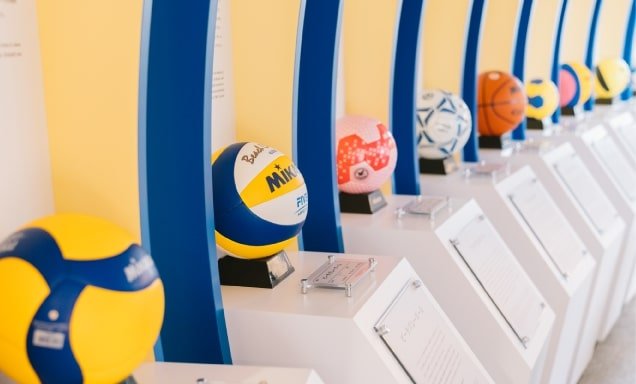
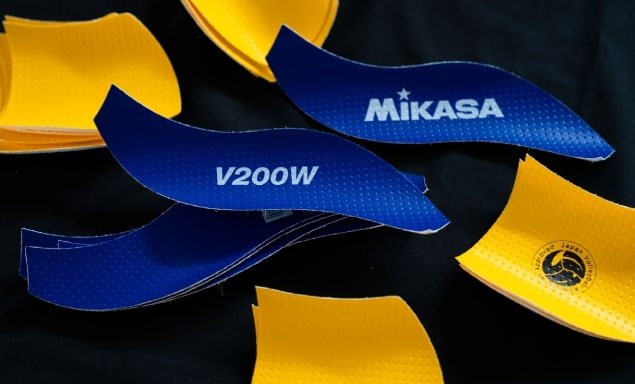

VISION
- We will advance product development to keep up with the changing of the times, and contribute to customer satisfaction.
- We will take proactive action, and use our failures as fuel for future challenges.
- We will value kindness to people and the environment, and consideration for our friends.
BUSINESS OVERVIEW
BALL / SPORTING GOODS

Delivering smiles to the world through sports and wellness
We manufacture and sell sports equipment, with a focus on volleyballs, soccer balls, basketballs, handballs, dodgeballs, water polo balls, and various other balls for competitive use. Our volleyballs are especially prominent, as they have been used as the official volleyball of the Olympic games for more than a half century since its adoption during the 1964 Tokyo Olympics, and it has been decided that they will be the exclusive official ball for all volleyball and beach volleyball tournaments hosted by the Fédération Internationale de Volleyball (FIVB) until 2024. The responsibility and objective of the Mikasa brand is to deliver the joy and fulfillment produced by sports and exercise across generations and borders.
INDUSTRIAL PRODUCTS

Technical capabilities that have been passed down to support society and protect the Earth's environment
We manufacture industrial rubber products that include submerged bearings and rubber covers for ship propulsion along with pumps and rubber rolls that are used on production lines for iron manufacturing, papermaking, and resin plates. Our submerged bearings, that use water lubrication with no oil, have received especially high praise from around the world as an environmentally-friendly product and are very widely used on large ferries, warships, patrol boats, cargo ships, fishing boats, and for coolant pumps at nuclear and thermal power plants, and as drainage pumps for water intake and flood control at the Bureau of Waterworks and the Bureau of Sewage. Technical capabilities that support social infrastructure are our driving force, and we will continue to pass them down with care.
History
1917~1945
| 1917 | Hiroshima Gomu Corporation is established in Hiroshima by the founder Masutaro Masuda. Manufacturing and sales of rubber products, such as rubber flip-flops. |
|---|---|
| 1928 | Nobori Gomu Industries invents the first air injection dodgeball in Japan. |
| 1932 | Nobori Gomu Industries develops the integrally molded athletic ball. These balls are sold under the name of the “all-powerful ball” and are received well. This serves as the predecessor to the hollow ball in Japan. |
| 1935 | Sales begin under the trade name “Mikasa Balls.” |
| 1936 | Nobori Gomu Industries invents a method of heating a rubber inner bag by attaching a valve and inserting compressed air and produces these products. An application is submitted for a patent. |
| 1937 | Hiroshima Gomu Corporation changes its company name to Masuda Gomu Industries. Manufacturing and sales of puncture proof tires for bicycle sidecars. Marusan Gomu Industries receives its first order of a rubber roll for newspapers. This serves as the first step into the field of industrial rubber products. |
| 1940 | There is a notification that the trade name of “Mikasa Balls” can no longer be used because it is disrespectful to the Emperor, and the name is changed to “Daitoa.” |
| 1941 | Masuda Gomu Industries and Nobori Gomu Industries are integrated to newly form Masuda Gomu Corporation. |
| 1942 | Due to the corporate regulation law, there is a merger with Marusan Gomu Industries. |
| 1943 | Due to the worsening conditions of the war, all factories that manufacture rubber sports equipment are shut down. |
| 1945 | The offices and factories are completely burnt down by the atomic bomb. |
1946~1970
| 1946 | The factories are rebuilt and resume operations. Production begins for rubber sports balls under the instruction of the occupation army. The Ministry of Education places an emphasis on dodgeball to promote athletic activity in elementary school, and our company’s dodgeballs spread throughout the company. Yutaka Terada takes the position of President. |
|---|---|
| 1949 | A structure involving two gourds for the inner bag, cotton reinforcement, and rubber on the outer later is invented and erves as the basis for balls after the war. |
| 1950 | The company name is changed to Myojo Gomu Industries. Sales resume with the trade name of “Mikasa Balls.” Manufacturing and sales of volleyballs begin. |
| 1955 | Following the flow of high growth, the range of manufacturing expands to industrial and lifestyle rubber products. Based on a request from various ship builders, manufacturing and repair of rubber covers for ship propulsion begin. |
| 1958 | Minoru Nobori takes the position of President. |
| 1959 | The factories are expanded, and the industrial product department is enhanced. The Ministry of International Trade and Industry provides JIS certification for official stamps. The Ministry of Transport designates the factory as approved for rubber covers for propeller shafts. Sales of sponge softballs. |
| 1960 | Kunishi Okita takes the position of President. Development of a thread wound ball aiming for ultimate roundness intensifies. |
| 1962 | A sales contract in Japan with Walt Disney Productions (presently the Walt Disney Company) is concluded. Incentive trips on airplanes, which were rare at the time, are carried out. |
| 1964 | An automatic molding machine for rubber rolls is newly installed to respond to demand for larger rubber rolls. The Nippon Kaiji Kyokai designates the factory as the first to be certified for rubber covers for propeller shafts. |
| 1970 | Orders from the United States for OEM production of rubber balls increases from this year throughout the 70s. At the same time, effort is being put in for the development of the Mikasa brand in overseas market as a result of the conclusion of a contract with the FIVB (Fédération Internationale de Volleyball) and other factors. Certification is provided by the Maritime Administration of the Ministry of Transport and the Nippon Kaiji Kyokai to manufacture rubber covers for propulsion shafts. Certification is provided by the Chinese Ship Classification Society (CR) regarding rubber covers for propeller shafts. |
1975~2017
| 1975 | Water lubricated bearings (rubber bearings) are developed and entered into the market. Adoption takes place for ships and pumps. |
|---|---|
| 1978 | The rubber bearings are officially adopted by the Defense Agency’s warships. |
| 1981 | Water lubricated bearings (rubber bearings) are adopted by the Maritime Safety Board’s patrol boats. Water lubricated bearings with improved rubber bearings (product name: FF Bearings) are developed. |
| 1983 | FF Bearings are adopted by the Defense Agency’s warships. |
| 1986 | The structure of the FF Bearings is certified by the Nippon Kaiji Kyokai. |
| 1987 | FF Bearings are adopted as bearings for pumps to circulate water in thermal power plants. |
| 1989 | FF Bearings are adopted as bearings for pumps to circulate water in thermal power plants. |
| 1998 | Mikasa’s colored volleyballs are adopted as the official match ball for the Volleyball World Championship. Since then, colored volleyballs continue to be used at tournaments hosted by FIVB and come to be known as the representation of Mikasa balls. The Mikasa Association for Sports Promotion is established. |
| 1999 | Ball factories in Thailand are built and start operation. |
| 2001 | The company name is changed to Mikasa Corporation. |
| 2003 | Taketoshi Saeki takes the position of President. |
| 2008 | FF Bearings are adopted on “Shirase,” the Ministry of Education, Culture, Sports, Science and Technology’s Antarctic exploration ship. Water lubricated bearings reach their largest scale in Japan. The results of “Research on Damage to Shaft Sleeves for Ocean Water Lubricated Bearings,” the joint research with Mitsubishi Heavy Industries are presented at the Japan Institute of Marine Engineering. The research receives the essay award. |
| 2011 | A paper regarding the FF Bearings titled “Optimized Water Circulation Bearings for the Environment and Energy Saving” is submitted to the Japan Institute of Marine Engineering. The paper receives the technical award. |
| 2013 | Ball factories in Cambodia are built and start operation. |
| 2014 | The headquarters and factories are moved from Nishi, Hiroshima to Asakita, Hiroshima. Yuji Saeki takes the position of President. |
| 2017 | 100th year anniversary of founding. |

, Banner CDS-4.jpg)




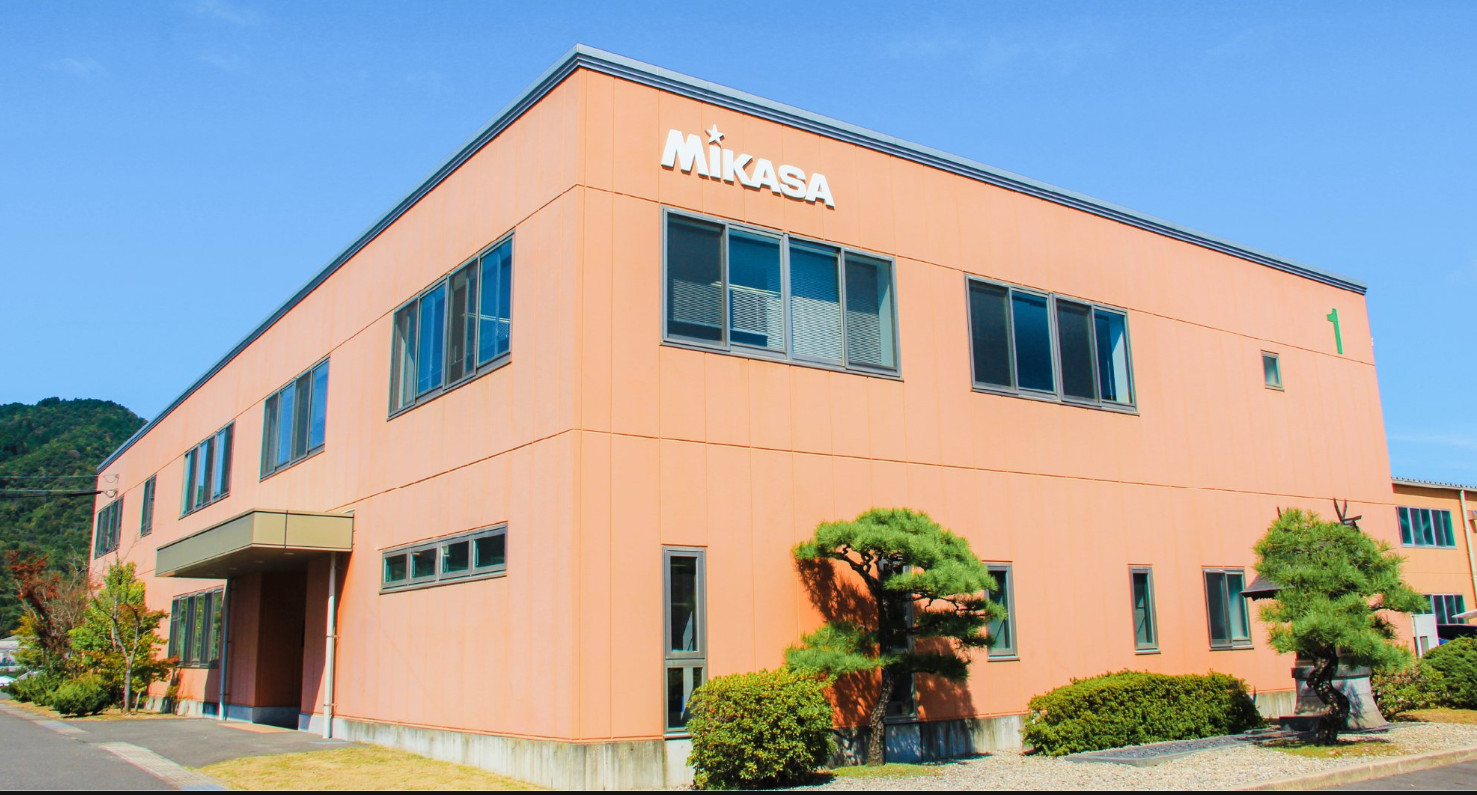

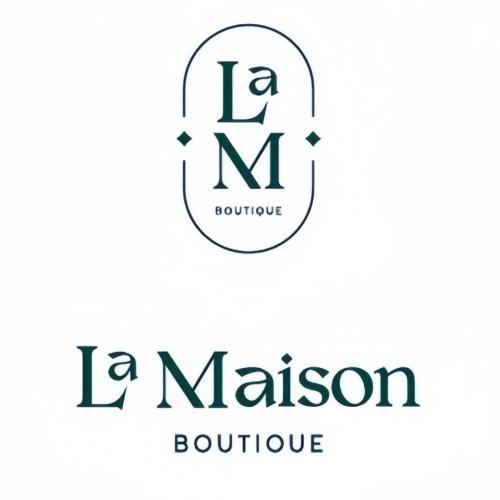

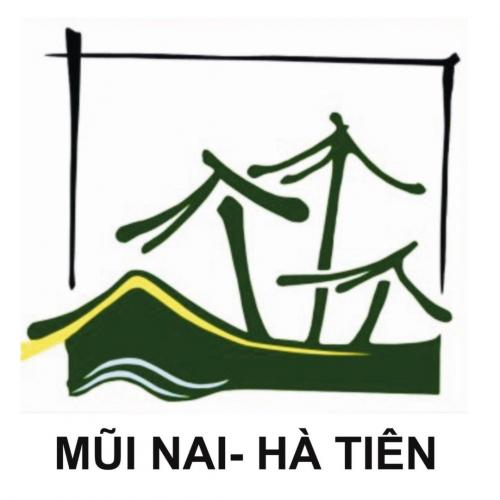
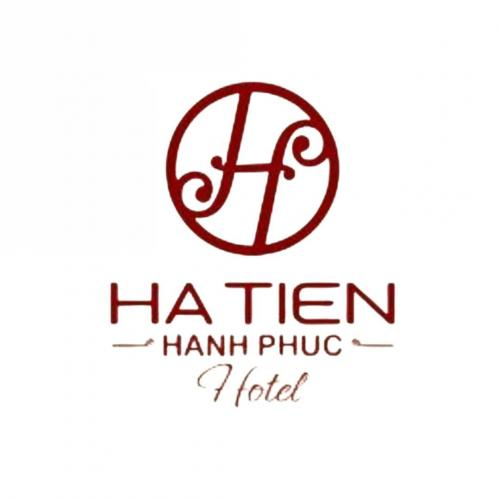

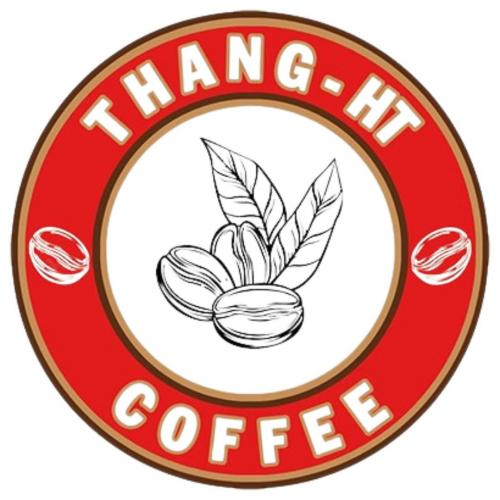


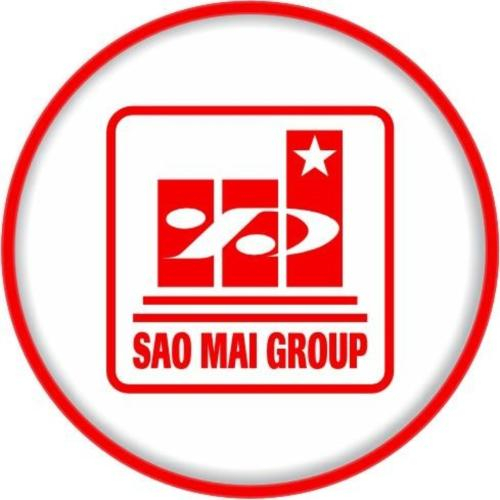


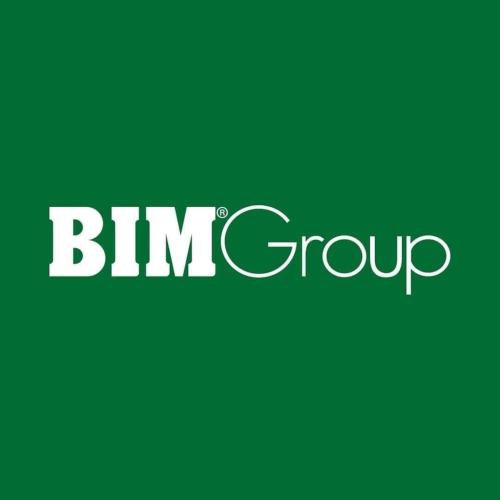
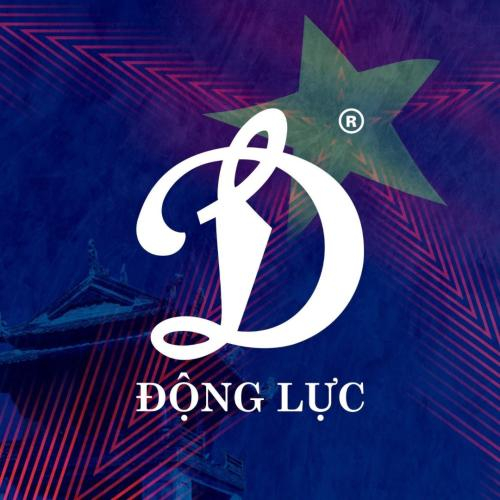
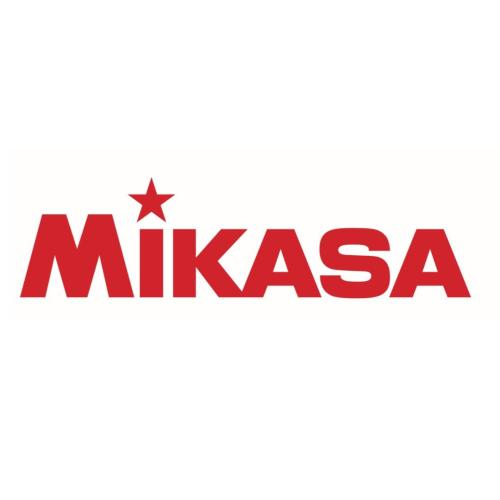


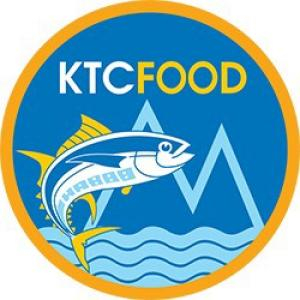
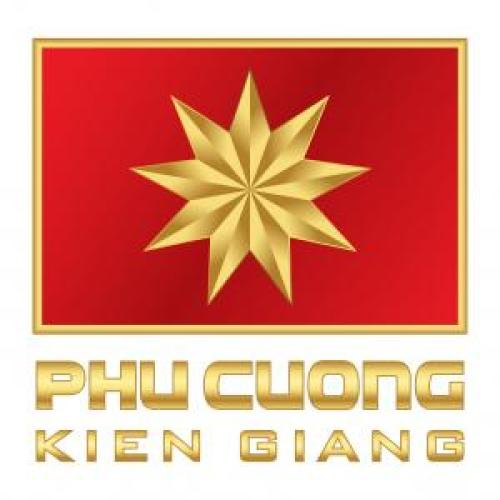
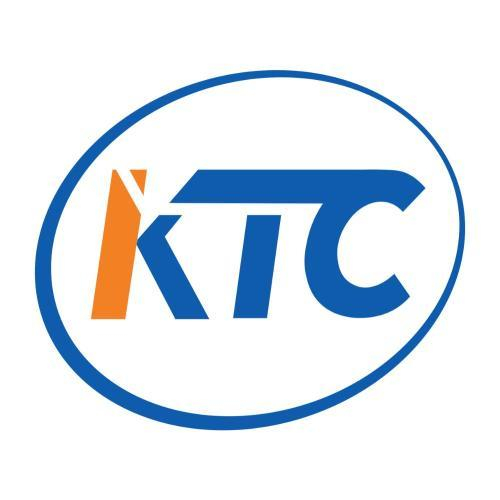
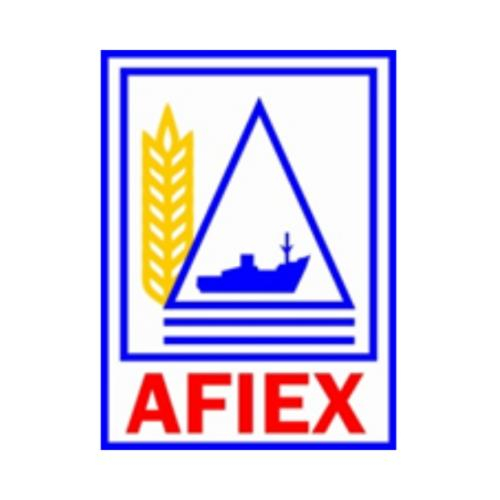


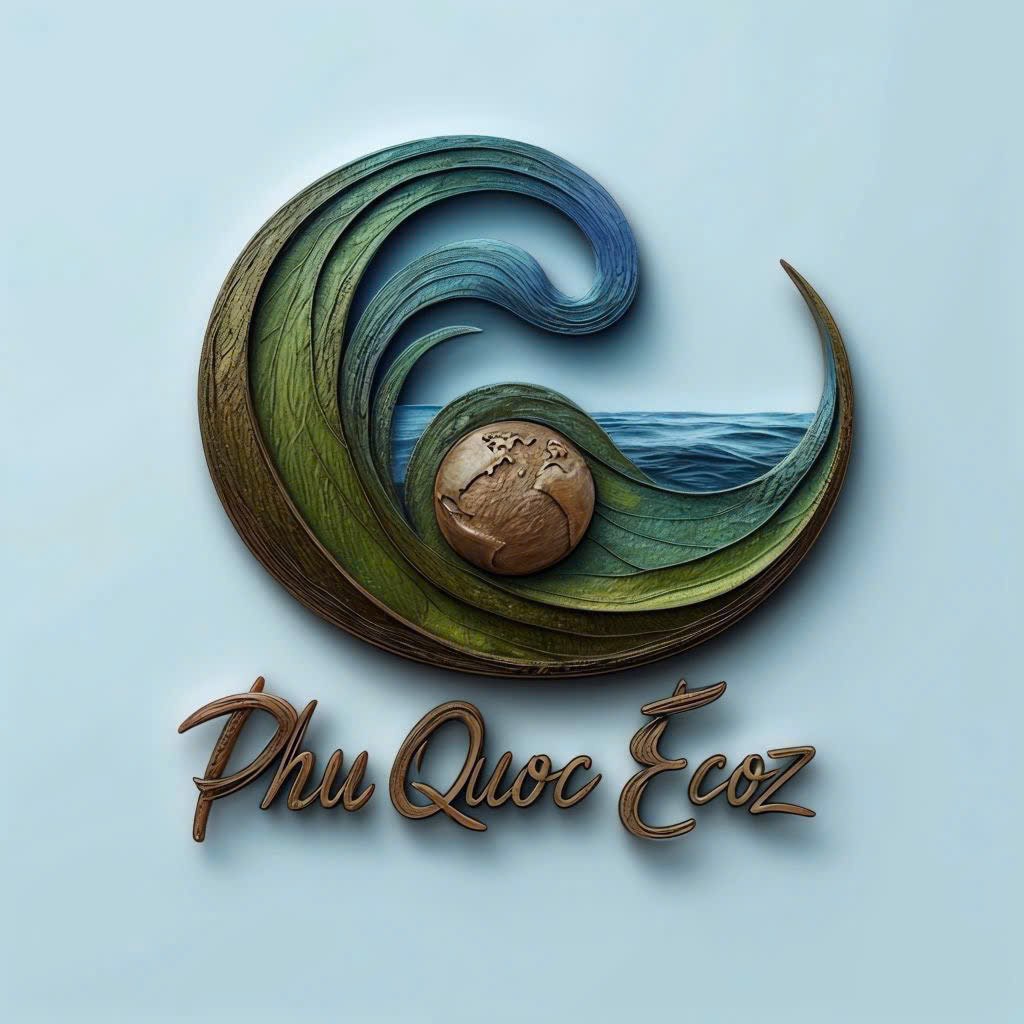

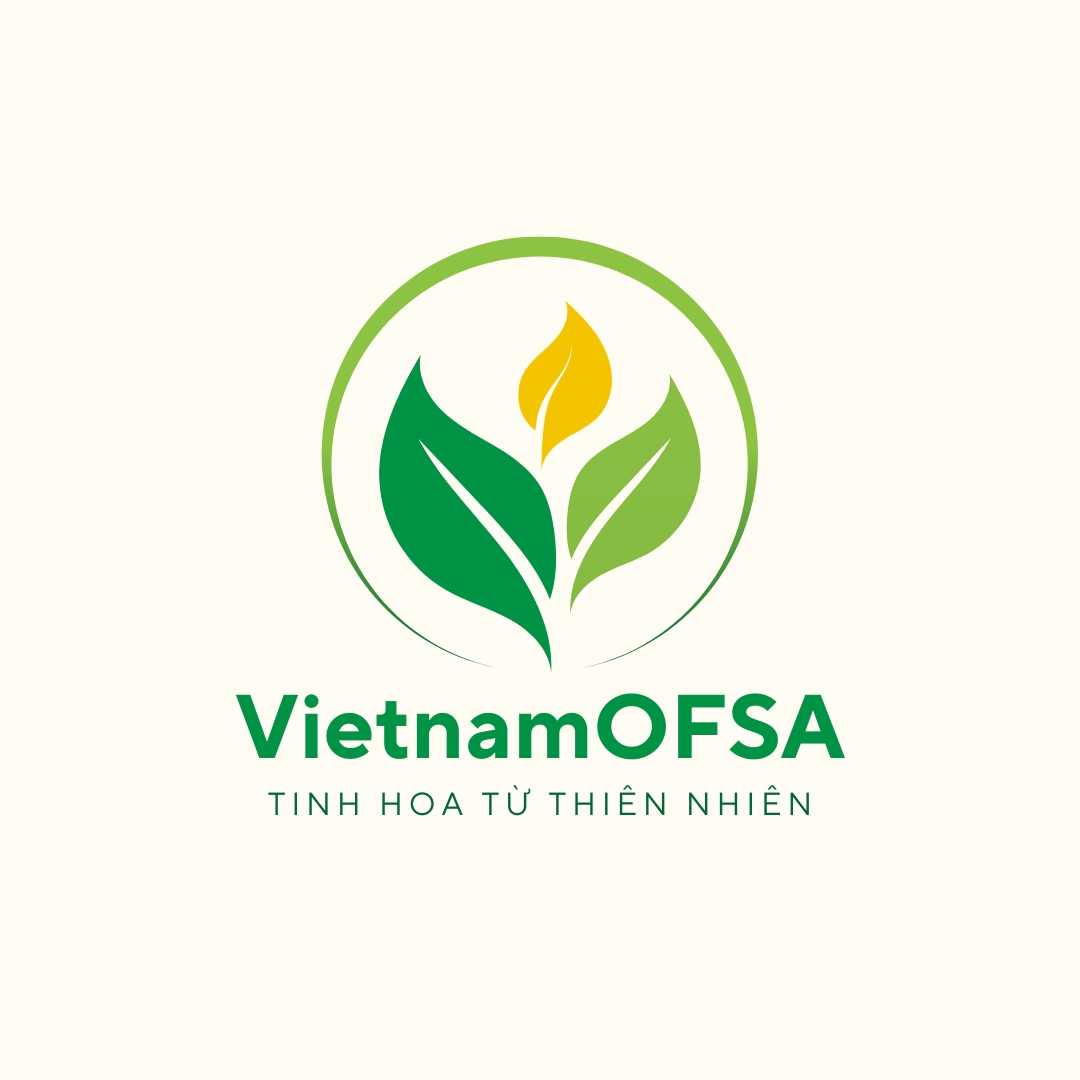






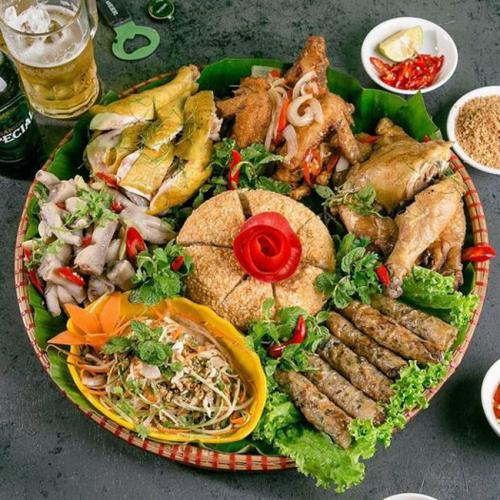

TUYỂN DỤNG MỚI
SẢN PHẨM
THÔNG TIN